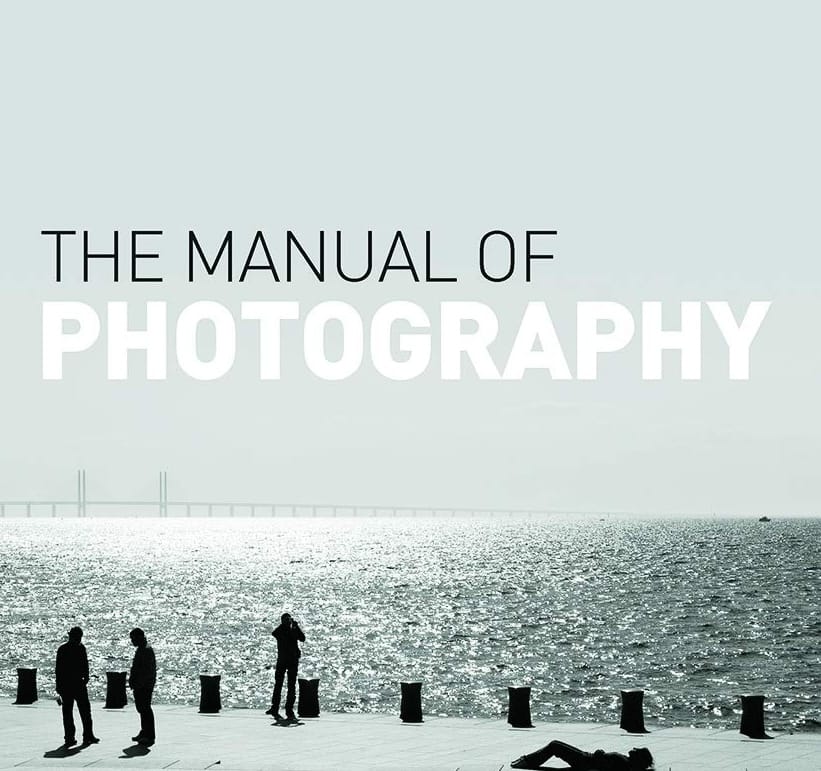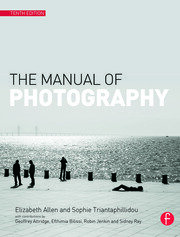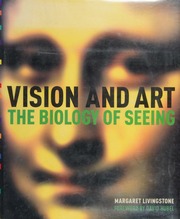THE “The Manual of Photography”

Hemingway spoke of his stories being like icebergs where his knowledge of their characters lie in the vast mass below the surface, and that made his stories (the smaller visible aspect) richer and more meaningful. I believe similarly that it's the experience and knowledge of any craft that serve to make our work better, too.
Since embarking on my journey to engage deeply with photography I've sought to push the boundaries of my knowledge in aspects that I had never considered before, and so was happily surprised when I stumbled upon something of a bible of photography. A classic among classics, The Manual of Photography's first edition—then called The Ilford Manual of Photography—dates back to 1890. It's incredibly thorough, covering topics from light theory and optical systems to how film and sensors work, with each topic covered at a level of depth
To be honest, I didn’t read it all. At times I thought holy hell, does anyone really need to know all this! But I read a lot of it, glossing over much of the math to glean what I could to find deep background for, if, like the submerged part of an iceberg, what shows in my photography somehow depends on it.
The authors and editors did not assume prior knowledge. They typically explained everything from the beginning, like a bible. To wit:
Over time, many models of the construction of atoms have been proposed. In 1913 Niels Bohr proposed that atoms consisted of a positive nucleus surrounded by negative electrons that could only occupy discrete orbits…
And thus, sensors.
One of my goals with The Manual was to understand how sensors work. I never liked the fact that a modern camera is literally a black box of electronics beyond my comprehension. The above quote is from the chapter ”Image Sensors,” and while I didn’t come away from it with a firm grasp of “doping semiconductors“ I certainly feel like the chapters on light sources and image sensors together gave me a stronger sense of how light energy is converted into electric energy and the images we ultimately see on our screens and prints. Perhaps silver halide (a key ingredient in film emulsions) remains a bit more magical than the concept of a complimentary metal oxide semiconductor (CMOS) sensor, but each is a technology that humans created to accomplish the same goal. We’ll leave computational photography out of this.
The wonderful thing about photography is that you can just “point and shoot” with little to no thought about what’s happening behind the lens. You really don't have to understand how light waves or refraction works. To be honest, I have no idea if it makes me a better photographer to know these things, but there's a trail of knowledge between how light works at a fundamental level and how reflective and incident meters work, or why colors may appear differently depending on the light.
Here are some things that I think any serious photographer would benefit from in this book (if not, of course, its entirety):
- Light theory and photographic light sources (chapters 2 and 3)
- The human visual system (chapter 4)
- Colour science (chapter 5)
- Photographic and geometrical optics (chapter 6)
- Sensitometry (chapter 8)
- Image sensors (chapter 9)
- Camera lenses (chapter 10)
- Image formation and photographic process (chapter 13)
There are 29 chapters in the book, so you can see my list is weighted toward the first half where the fundamentals lie. That's not to say that the remainder is any less valuable. I found myself dipping into those chapters where I might have a point of curiosity such as the chapters on "Digital colour reproduction," and "Noise, sharpness, resolution and information."
The Manual of Photography feels to me like an antidote to the years I spent taking photographs with little connection between what I was intuitively drawn to and what I could reproduce with intention. However, for something more lively, I also recommend Margaret Livingstone's Vision and Art: The Biology of Seeing, about which I'll write later, but she pushes the concepts of the early chapters even further .
Books Mentioned



